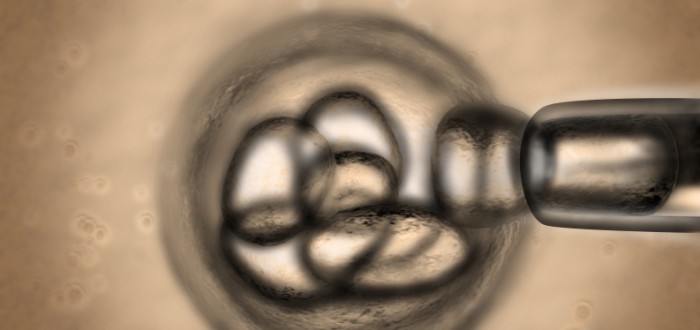Mesothelioma victims could gain an entirely new lease on life if transplantable human lungs made in the laboratory at the University of Texas Medical Branch (UTMB) prove out.
The university announced late last week that it had successfully regenerated a set of badly damaged lungs through a process developed by one of its Galveston-based research teams.
“For someone with a severe, incurable lung disorder, a lung transplant may be the only chance,” a UTMB spokesman said. “Unfortunately, it’s often not a very good chance. Matching donor lungs are rare, and many would-be recipients die waiting for the transplants that could save their lives.”
UTMB previously tried using stem cells to manufacture new lungs, but without success. Researchers were “frustrated by the problem of coaxing undifferentiated stem cells to develop into the specific cell types that populate different locations in the lung,” the university said.
Stem cells played no prominent role in this latest advance.
How They Made the New Lungs
UTMB explained that its scientists made the new lungs by starting with damaged ones from a donor killed in an accident.
First, they painstakingly removed all the dead or dying cells from the damaged lungs. This left behind a very fragile lung skeleton.
They then overlaid the skeleton with healthy cells from another dead donor’s damaged but still viable lungs. Next, they submerged this creation in a nutrient solution and kept it there for a month.
During that time, new cells formed, grew and multiplied. At the end, researchers found waiting for them in the nutrient tank a whole and healthy set of lungs.
It’s not yet known whether the lab-made lungs work. The university’s scientists still must test them (a process that eventually will include transplantation into a pig).
UTMB predicts it will be at least a decade or longer before engineered lungs like these — or perhaps others created using even more advanced techniques and technologies — are routinely used in people.
Potential Benefits for Mesothelioma Patients
The benefits to mesothelioma patients appear potentially substantial. Conceivably, doctors could perform extrapleural pneumonectomy surgery, regenerate the removed lung in the lab, and then transplant it back into the patient’ chest.
The restored lung — purged of asbestos fibers — would be disease-free. Chances of it later turning cancerous could be zero if mesothelioma cells lurking elsewhere within the body are killed through radiation treatment or chemotherapy before the regenerated organ is transplanted.
It must be pointed out that researchers at UTMB were able only to grow a new set of lungs, not the mesothelium too. But if new lungs can be made in the lab, perhaps someday the same will be true for the thin cellular sheet that is supposed to serve as their protective lining.
If nothing else, functioning regenerated lungs could be useful as an in-lab model for the testing of ideas about disease progression and therapies, UTMB said.
Hypothetically, researchers could take a manufactured pair of lungs, force-feed them asbestos fibers or mesothelioma cells, and then learn through continuous observation what happens as experimental treatments are administered.
This approach would permit investigations involving a dizzying array of imaginative therapies without risk to actual human lives. As a result, more and better treatments might become available in a fraction of the time it now takes.

